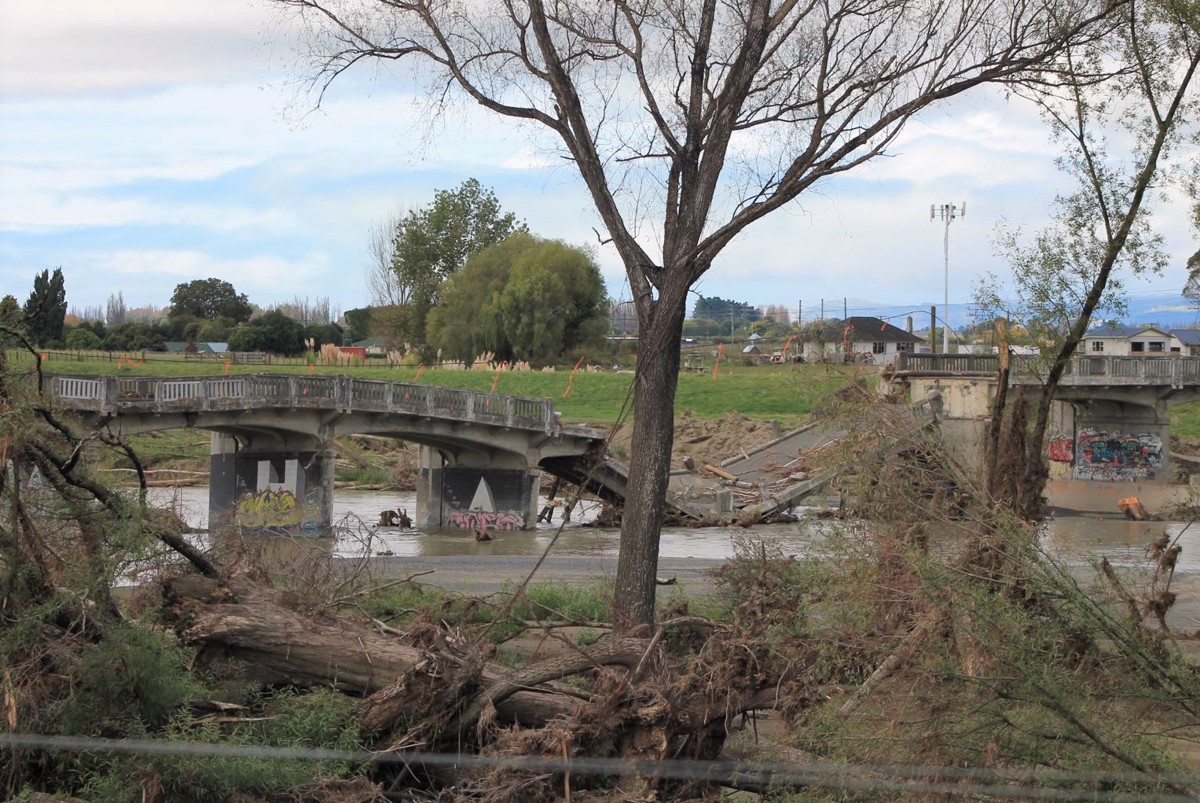Improved process needed for emissions reduction plans, Commissioner says
To ensure we meet our climate objectives, the Government needs to improve the way it assembles New Zealand’s emissions reduction plans, says the Parliamentary Commissioner for the Environment.
In his latest report, the Commissioner, Simon Upton, has made a series of recommendations to improve this process.
The first emissions reduction plan, released in May 2022, set out the actions that will be taken to meet New Zealand’s first emissions budget. Officials are now working on the second plan, which must be released by December 2024.
“Putting together the first emissions reduction plan was a complex business. There was no road map to follow and the scope was significant, requiring coordination across many government agencies.
“It was further complicated by having to be put together in the middle of the Covid-19 pandemic,” the Commissioner explains.
The Commissioner’s review looked at the way the Government went about developing its plan – not the policy choices it made.
“A lot was learnt during the process. My review enabled me to identify things that worked well and things that could be improved second time round. We need a consistent approach that any government can easily adopt.”
The Commissioner’s central recommendation is that clearer direction is needed from political leaders from the very start of the process.
“Ministers must consider their priorities and how trade-offs between competing priorities will be managed from the outset.
“This can be achieved by working through a series of high-level framing questions detailed in the report,” he says.
“All of these questions have economy- and society-wide implications, and answering them will involve political, economic and social value judgements that only elected politicians can make.
“Once this provisional framework is in place, officials will be able to proceed in a more coordinated and focused way.”
The questions cover issues such as:
- the role of multi-sector policy tools, such as emissions pricing, and sector-specific policies in reducing emissions
- the balance between net and gross reductions
- to what extent reductions are achieved domestically or off-shore
- the balance between actions focused on short-term reductions versus long-term reductions
- how the suggested actions and strategies will be paid for
- and what economic and social costs need particular consideration.
Another aspect of the process singled out for improvement is consultation with Māori, which the report found fell short.
The Commissioner has recommended the establishment of a dedicated group to lead consultation with Māori to ensure these results are fed directly into analysis and decision making.
The report also finds that strong political leadership from the Prime Minister helped to drive the process and is recommending this active oversight continues.
“The Prime Minister can take the whole-of-government view needed for the plan and is uniquely placed to oversee the competing ministerial priorities and trade-offs needed across various economic sectors.
“This strong political leadership must also be mirrored by agency leaders and in interagency forums,” the Commissioner states.


